-Image4-credit_-Ruth-Clark-300.jpg)
From a mother bathing her children to cleaners working at the gallery, Salmon gives voice to a diverse group of residents in Glasgow’s Maryhill and Kelvinside –work that, for me, has a personal poignancy.
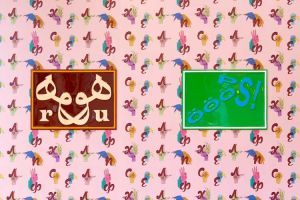
Rapping fruit, legendary birds and nail art feature in the UK debut of the Berlin-based collective Slavs and Tatars.

From Sheila Hicks’s gemstone-like sculptures to Elizabeth Price’s video essay on modernist Catholic churches, 30 artists respond to the theme of this year’s Liverpool Biennial, ‘bedrock’.

Karikis explains the ideas behind his new sound and video installation calling for action against climate change, on which he has collaborated with the SHE cooperative choir for women and non-binary people.
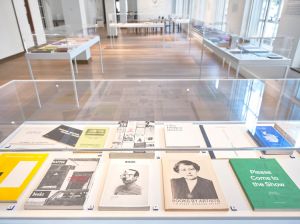
Two concurrent exhibitions bring special collections into broader spaces of circulation, highlighting print’s enduring role as a medium of collective expression and firmly placing a new era of zine-making and independent, small-press publishing within a radical multigenerational continuum.
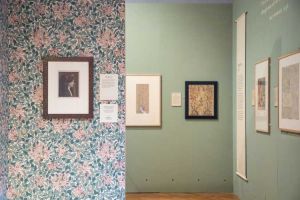
Focusing on the skills of wallpaper design and embroidery, this exhibition tells the story of the “remarkable” woman at the helm of Morris & Co.
,-2025-Jesmonite,-Photo_-Jed-Niezgoda,-Courtesy-the-artist-and-Frith-Street-Gallery,-London-and-Ashmolean-Museum,-University-of-Oxford-300.jpg)
This show is a celebration of the domestic, and the poignant sculpture of Wright’s two sons, now on the cusp on adulthood, dominates as the Irish artist explores memory, identity, life and death.
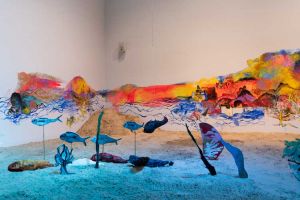
The venerable Egyptian Canadian installation artist brings shipwrecks, shells and the sound of the sea to Margate’s Turner Contemporary.
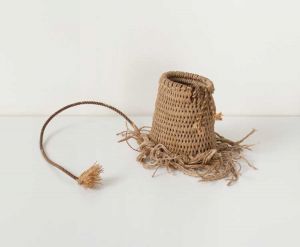
A groundbreaking New York show from 1966 is brought back to life with the work of three women whose experimentation with materials and visualisation turned sculpture inside out.
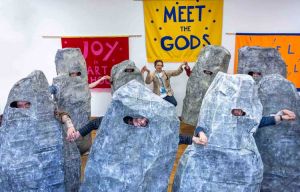
How did he go from asking a brass band to play acid house to filming former miners re-enacting a seminal moment from the 1984 miners’ strike, to his current assignment: staging a nationwide feast of art, music, processions and performances featuring the public, for the National Gallery’s 200th centenary celebrations? Jeremy Deller shares the people and phenomena that have inspired him.
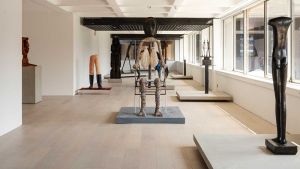
The first of three exhibitions to position historic sculptures by Alberto Giacometti with new works by contemporary artists, this one shows his work in dialogue with that of the Pakistani American sculptor Huma Bhabha.
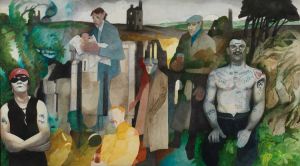
The Parisian scenes that Burra is known for are joyful and sardonic, but his work depicting the Spanish civil war and the destruction of his home environment stand out in this first retrospective of the artist in London in 40 years.
-300.jpg)
Surprising, thrilling, enchanting – under the artistic direction of Chus Martínez, the works in this biennale show a genuine heartfelt passion for the world in which we live.
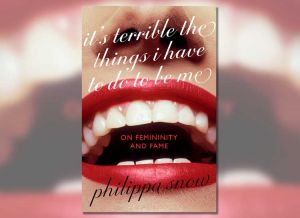
In a series of essays about pairs of famous women, the cultural critic Philippa Snow explores the connections between them and the distinction between person and persona.

A rare London show of an elusive queer pioneer captures a quieter side of his unpredictable practice.
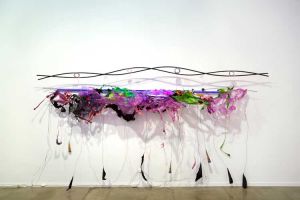
This elegantly composed exhibition celebrates 25 years’ of awards to female artists by Anonymous Was a Woman and emphasises how creative practice has changed over time.
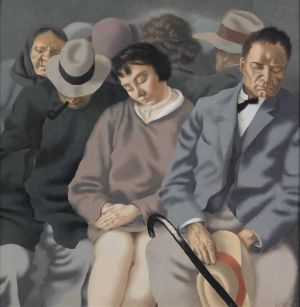
The first of its kind, this vast show is a stunning tour of the realism movement of the 1920s and 30s, bringing together artists from across Europe.
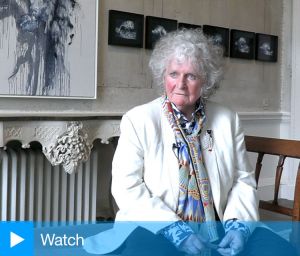
Maggi Hambling’s new and highly personal installation, Time, in memory of her longtime partner, Tory Lawrence, opens the first arts and culture programme at Norfolk’s 18th-century Wolterton Hall as part of the exhibition Sea State.
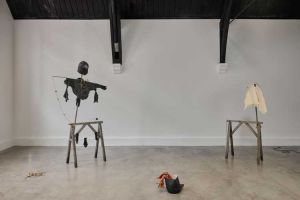
The artist takes us on a deep, dark emotional dive with his nihilistic installation that references obscure religious books, occultism, folk revivalism and sexual politics through a typical mixture of found and repurposed materials.
-4-300.jpg)
Complex, multilayered paintings and sculptures reek of the dark histories of slavery and colonialism in the first major UK retrospective of the Guyanese British artist.
-300.jpg)
Shown in the context of the historic paintings of Dulwich Picture Gallery, Jones’s new paintings extend the iconography of the mouth in modern art.
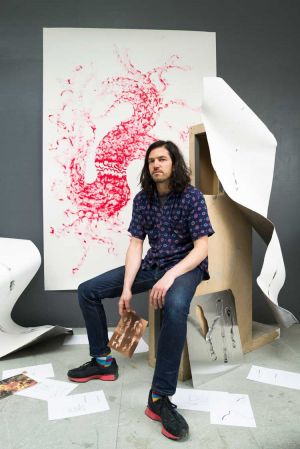
His work has included lighting 1,000 candles and getting two horses to pull a car. Now, he is using his dismantled childhood bed in one show and dancing in overalls laden with coins in another. He explains his interest in blurring the boundaries between media, and what attracts him to performance art.
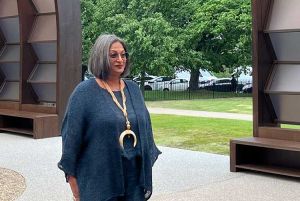
The award-winning Bangladeshi architect behind this year’s Serpentine Pavilion on why she has shunned ‘flashy buildings with instant appeal’ and instead built a mosque and housing for refugees.
-Image4-credit_-Ruth-Clark-300.jpg)





,-2025-Jesmonite,-Photo_-Jed-Niezgoda,-Courtesy-the-artist-and-Frith-Street-Gallery,-London-and-Ashmolean-Museum,-University-of-Oxford-300.jpg)





-300.jpg)






-4-300.jpg)
-300.jpg)
